
However, substandard vials, caps, and septa can lead to sample loss, contamination, and damaged has a high metal content that can remove compounds from.

For sealing sample vials for temperatures up to 210°C. Recommend for storage and for multiple injection use.
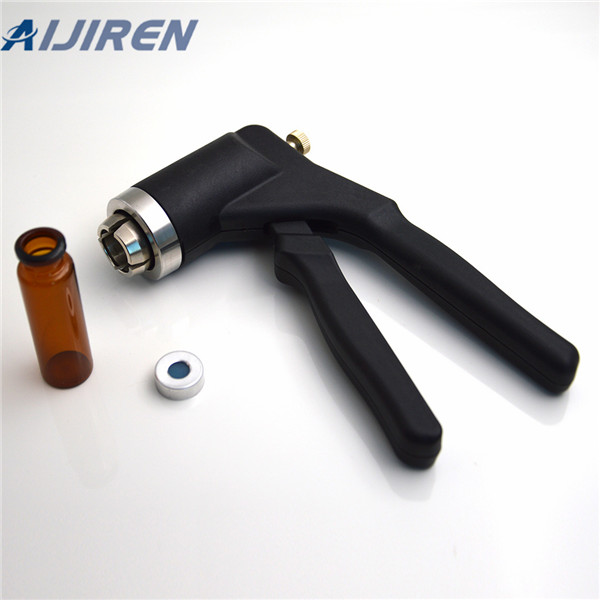
Kit includes 2ml, clear, RSA™ glass vials and non-slit ultra pure silicone / PTFE septa fitted in 9mm screw caps with matching threads for optimal vial sealing.
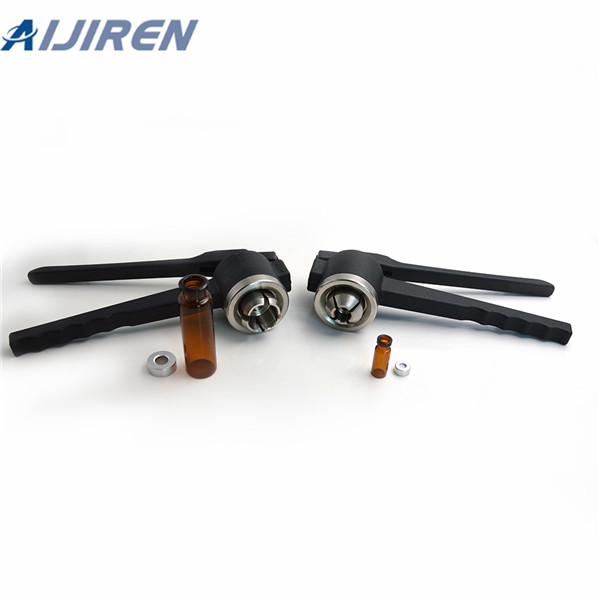
They are made of durable Type I borosilicate glass with low metal content, which can protect your samples from unstable damage or contamination by leaching

Jul 30, 2020 Aijiren's sample bottle with a 2 mL screw lid is made of type 1 borosilicat glass and has a low metal content to prevent the sample from ...
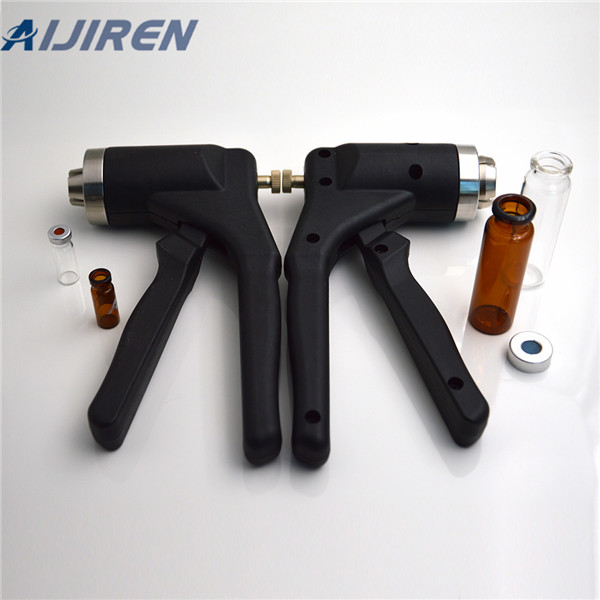
Open-top vial: Open-top vials feature an inert polypropylene screw cap. The cap has a hole in the center and a silicone or polytetrafluoroethylene layer, called
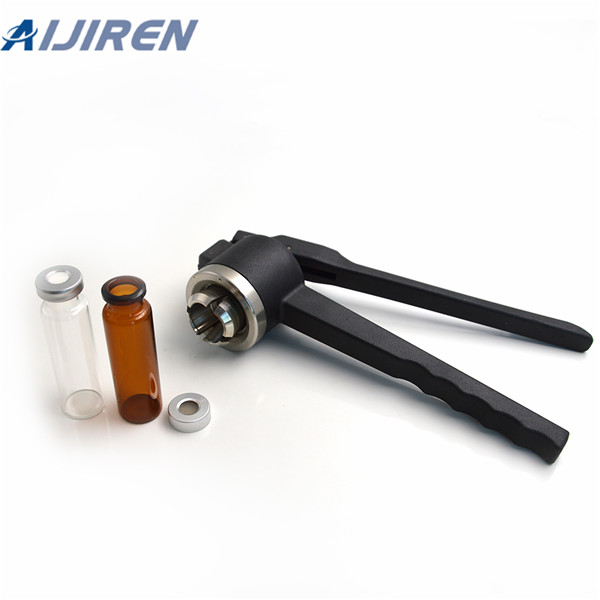
* Optionally you may use metal springs 702974.1 in combination with these products to push them up in the vial (100 / PE bag). Containers for screw neck vials N
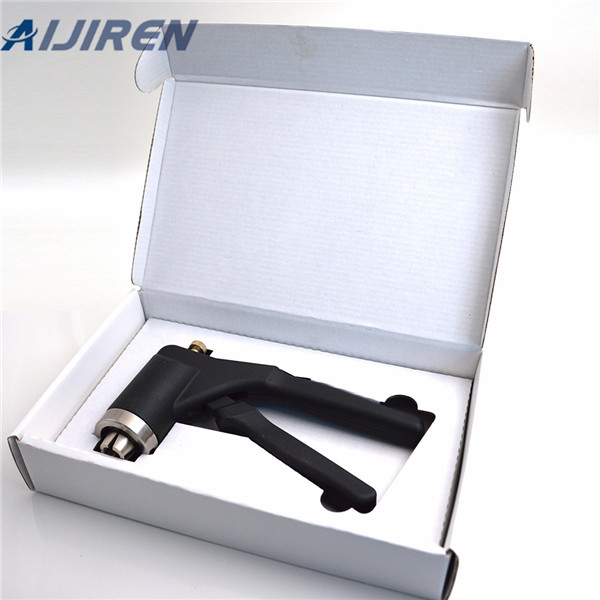
We also perform chromatographic tests on silicone septa to ensure the highest standards of purity, and to eliminate outliers and sample errors. Eliminate the
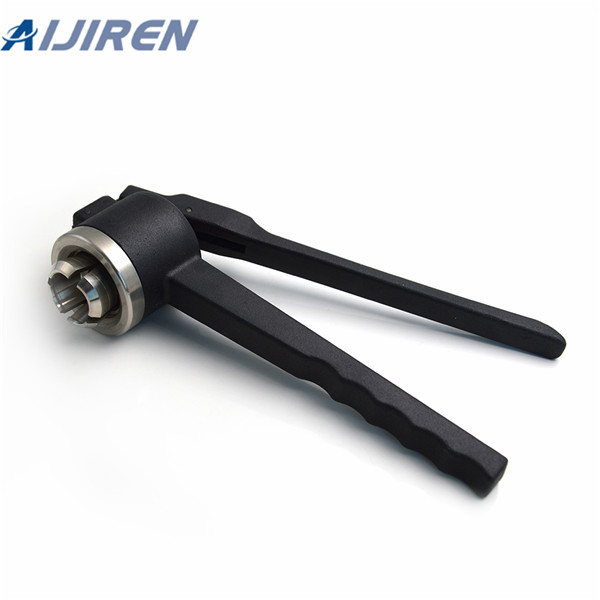
Screw vial for chromatography, 12 x 32 mm, 2 ml, screw cap ; SV02-C20-100, 100, 11,6, transparent, 32 ; SV02-A20-100, 100, 11,6, amber, 32
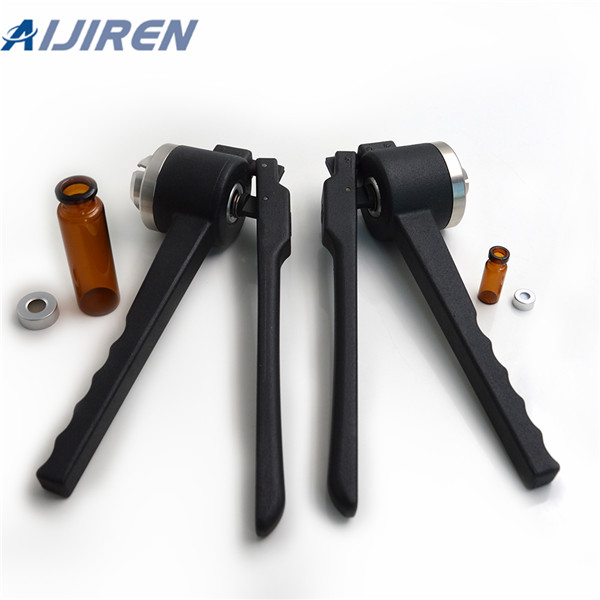
Chromatography vials are containers designed to temporarily hold samples analyzed as a part of gas (GC) or liquid (HPLC) chromatography.
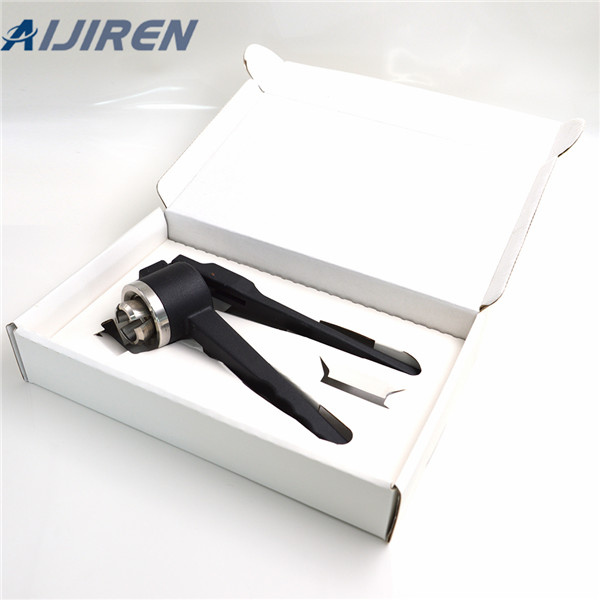
Media bottles manufactured from USP Type I borosilicate glass and the screw cap has a built-in wedge shaped sealing ring, eliminating the need for a liner.

The FIRST and ONLY pre-cleaned, low particle, low background chromatography vial. When your instrumentation, sample handling and methodology is pushing the
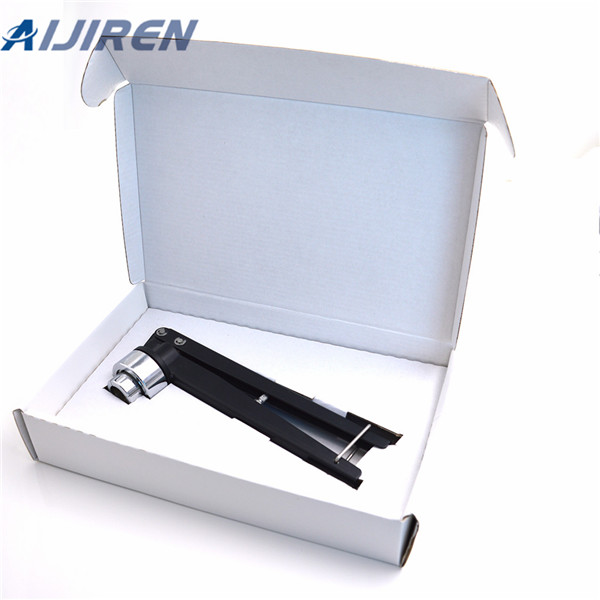
Screw cap with short thread and 6 mm hole. • Mounted magnetic metal sleeve (gold colour). • Temperature resistant from -60°C to 200°C. • Very low particle

RSA glass vials and inserts are ideal for all chromatography applications, but particularly for analysing low abundance basic samples and highly sensitive.

A needle is used to pierce the cap and withdraws the sample from the vials. Some autosamplers can also dilute or otherwise manipulate the contents of the